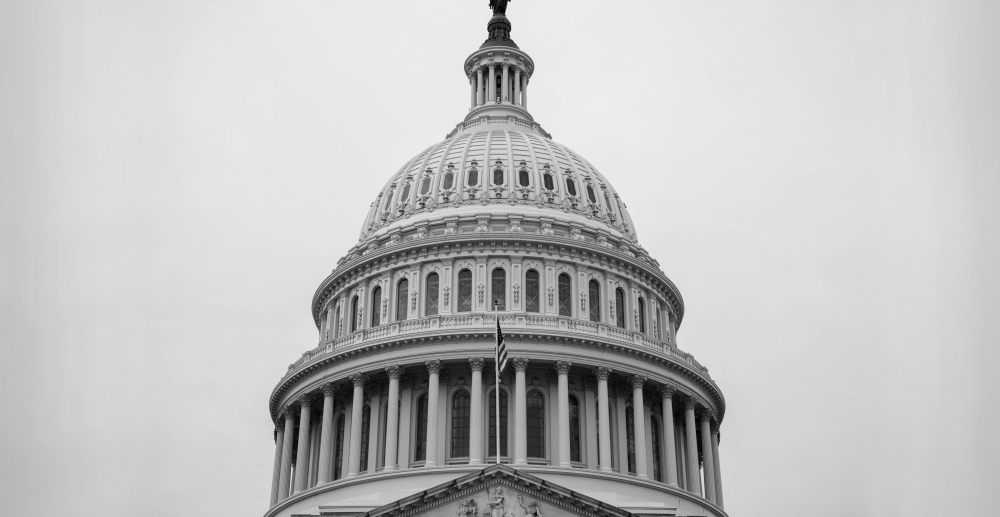State legalization of marijuana and the prescription opioid addiction crisis are rising challenges taking employers by surprise.
It’s been a big year for the movement to spread awareness of addiction and the push for more effective and accessible prevention, treatment, and recovery services. And it wasn’t just healthcare providers and those personally affected by addiction that were talking about it. Employers are increasingly taking notice that addiction has grave consequences for both their employees and the bottom line. They are recognizing the desperate need for innovative solutions.
Recognizing the challenge.
When we talk about addictive behaviors with employers, they share the same deep-seated challenges faced by the general public. There’s a stigma and shame around addictive behavior. There’s a lack of preventative intervention. Existing treatment options are expensive and ineffective. Yes, we nod our heads. Yes. While these issues have been a longstanding battle, 2016 threw some new kinks into the old machine: state legalization of marijuana, and the prescription opioid addiction crisis. These rising challenges are a juxtaposition taking employers by surprise: an illicit drug gone legal, and a legal drug turned into a costly epidemic.
Setting policies in a changing landscape.
Existing workplace drug policies were shaped by law, to comply with measures to keep people from using marijuana as an illicit drug. Now those laws are changing, state by state. Employers find themselves facing new struggles. How should they adjust old policies and programs? How should they communicate these changes to employees? Where does addiction fall in all this? As HR teams shakily navigate this new legal landscape, court cases are sprouting up like, well weeds. Medical marijuana use is a particularly dicey issue.
The opioid epidemic stands in stark contrast to the legalization of marijuana. Prescription painkillers, as an entirely legal drug, have exploded into a devastating epidemic of addiction. This leaves employers, although ill-prepared and ill-positioned to handle the situation, bearing the brunt of financial consequences. The costs of opioid addiction in related healthcare expenses, accidental asset losses, and missed work are estimated to be as gigantic as $442 billion a year. Employers are scrambling to move from a reactive stance to a proactive one. Their wide range of initiatives include preventative employee education, awareness training, drug testing, and prescription restrictions and prescription management programs. Like medical marijuana, addressing prescription drugs is a legal minefield, with various lawsuits already making headlines.
The need for a new approach.
As employers and others affected by addictive behaviors grapple with these complex issues, we see a few truths emerge about drugs and addiction. Drugs are powerful, whether they’re prescribed or not. Whether they’re legal or illegal. Addiction is also powerful, and can happen to anyone. Celebrities and your cubicle neighbor. Finally, law and policy simply aren’t enough to tackle the issue of addiction, not in preventing or treating it. The need for a more compassionate approach and more effective, accessible help for addiction remains the same and as urgent as ever.









